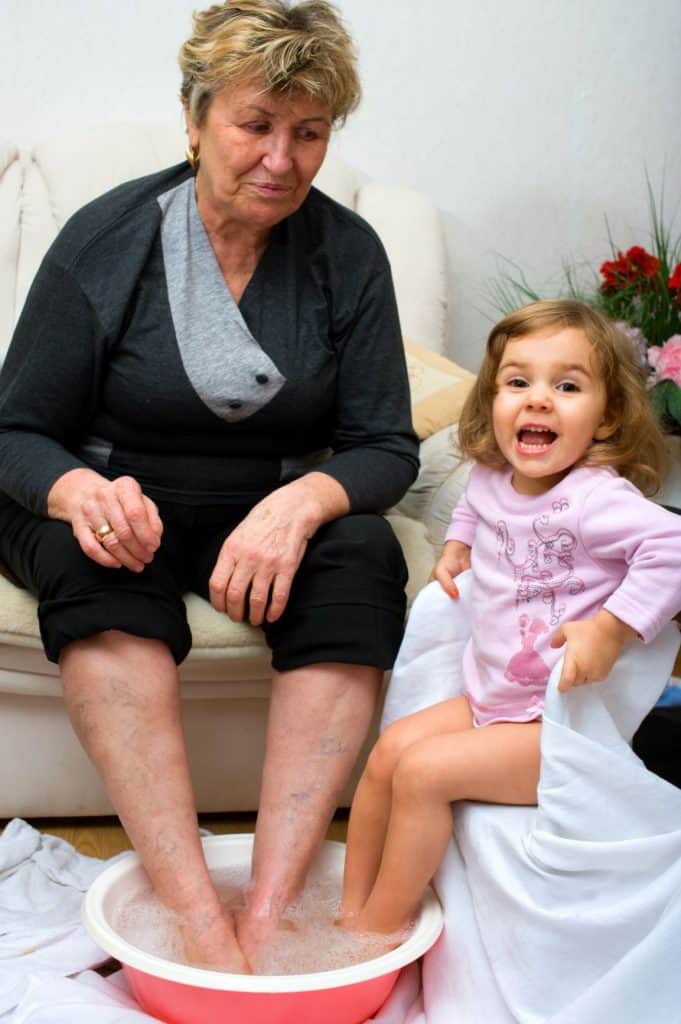
Diabetic Foot Ulcers
These Diabetic Foot Ulcers are non-healing pressure sores are caused from poor circulation in the lower limbs. Most commonly associated with diabetes, these sores are a quite painful symptom. It is imperative to see one of our professionals at the Beaver Valley Foot Clinic as soon as possible at the earliest sign of foot and lower limb ulcers. When left untreated, these sores can worsen and in severe cases lead to amputation. This makes knowing what to do about foot ulcers at the earliest signs important for all sufferers.
Increase Lower Leg Circulation
When you have good-flowing circulation, more blood and oxygen are able to better reach extremities such as your lower legs. This is best for diabetic ulcers, since increased circulation benefits the overall healing process. If your ulcer does not heal, even after treatment and care, additional and more invasive steps may be required.
Upkeep Supreme Basic Hygiene
Keeping a wound, of any kind, clean and free from bacteria is the best way to prevent infection and aid in the healing process. Diabetic foot ulcers hardly ever heal on their own, and require medical treatment and dressings. Even still, diabetic foot ulcers take time to heal. If festering bacteria is at all involved, complete and proper healing will be nearly impossible.
Check Your Feet Daily
Daily foot inspections can greatly lower major dangers and make it simpler for you to take care of your feet.
Check the spaces between your toes and the sides, your heels, your toes, and your soles. A mirror can be used to view the bottom side. Ask a friend or a family member to examine your feet for you, though, if you are unable to do it on your own.
Additionally, watch out for things like:
- Redness
- Cuts and scrapes
- Runner’s foot
- Blisters
- Swelling Fungal Nail
Call your doctor right away if you observe any of the aforementioned problems.
Trim Your Nails Carefully
Major injuries can be prevented by keeping your nails clean and well trimmed. The greatest time to trim your nails is after after a bath since the water softens your nails, making trimming easier.
Trim them straight across, then use a nail file to smooth them out.
Do not cut them too short since this can cause ingrown nails. Ask your podiatrist to trim your nails if you can’t reach them yourself.
If you accidently cut your toe from the inside when cleaning your nail with a sharp item, it could result in life-threatening infections.
Wear Diabetic Foot Friendly Shoes
If your shoes are the problem, protecting your feet won’t help, so be careful while selecting a pair. A person with nerve injury ought to select footwear that:
- They have more room inside so you won’t have any trouble wearing them.
- If they are too tight, it will be difficult for you to move your feet.
- Only spend an hour in brand-new shoes to become used to them.
- Use leather shoes instead of suffocating footwear.
- Avoid wearing shoes with pointy toes.
- They ought to be cosy and supple on the inside.
- Don’t forget your socks because they can act as an additional layer of protection between your feet and the shoe.
Can sepsis or severe infections result from diabetic foot ulcers?
Indeed, severe infections including cellulitis, osteomyelitis (a bone infection), and sepsis can result from diabetic foot ulcers. Diabetes frequently results in poor circulation and a weakened immune system, which makes it possible for even small foot sores to become infected and develop quickly if left untreated.
Diabetic foot ulcer infections can be difficult to cure and sometimes call for strong medication, such as antibiotics, along with surgery to remove affected tissue. These infections can cause major side effects if left untreated, such as the infection spreading to other body areas and sepsis, a potentially fatal illness.
What effects does aging have on the management and risk of diabetic foot ulcers?
The following are some ways that age may affect the management and risk of diabetic foot ulcers:
- Enhanced Risk: Diabetic foot ulcers are more likely to occur in older adults. This can be partially attributed to aging-related alterations in skin integrity, peripheral vascular disease, and neuropathy, which are frequent in older persons with diabetes and cause decreased sensation in the feet.
- Delayed Healing: Diabetic foot ulcer recovery may take longer in older persons due to slower wound healing. Delays in healing can be caused by underlying medical disorders, aging-related changes in the structure and function of the skin, and other factors.
- Comorbidities: Diabetes mellitus is more common in older persons, and these disorders can make managing diabetic foot ulcers more difficult and raise the risk of complications. Examples of these conditions include neuropathy, renal disease, and peripheral artery disease.
- Treatment Considerations: Polypharmacy, or taking numerous medications, might raise the risk of drug interactions or unfavorable treatment effects. This is something to keep in mind when managing diabetic foot ulcers in older persons.
- Cognitive Function: Older adults with cognitive impairment or dementia may have difficulty adhering to complex wound care regimens.
Whenever it comes to ulcers, do not hesitate to call our experts at the Beaver Valley Foot Clinic. We provide you with gentle, fast relief from all kinds of foot and lower leg pain. At the slightest sign of a diabetic foot ulcer or lower leg discomfort, call us at (724) 375-1577 before your symptoms worsen into a serious problem.

